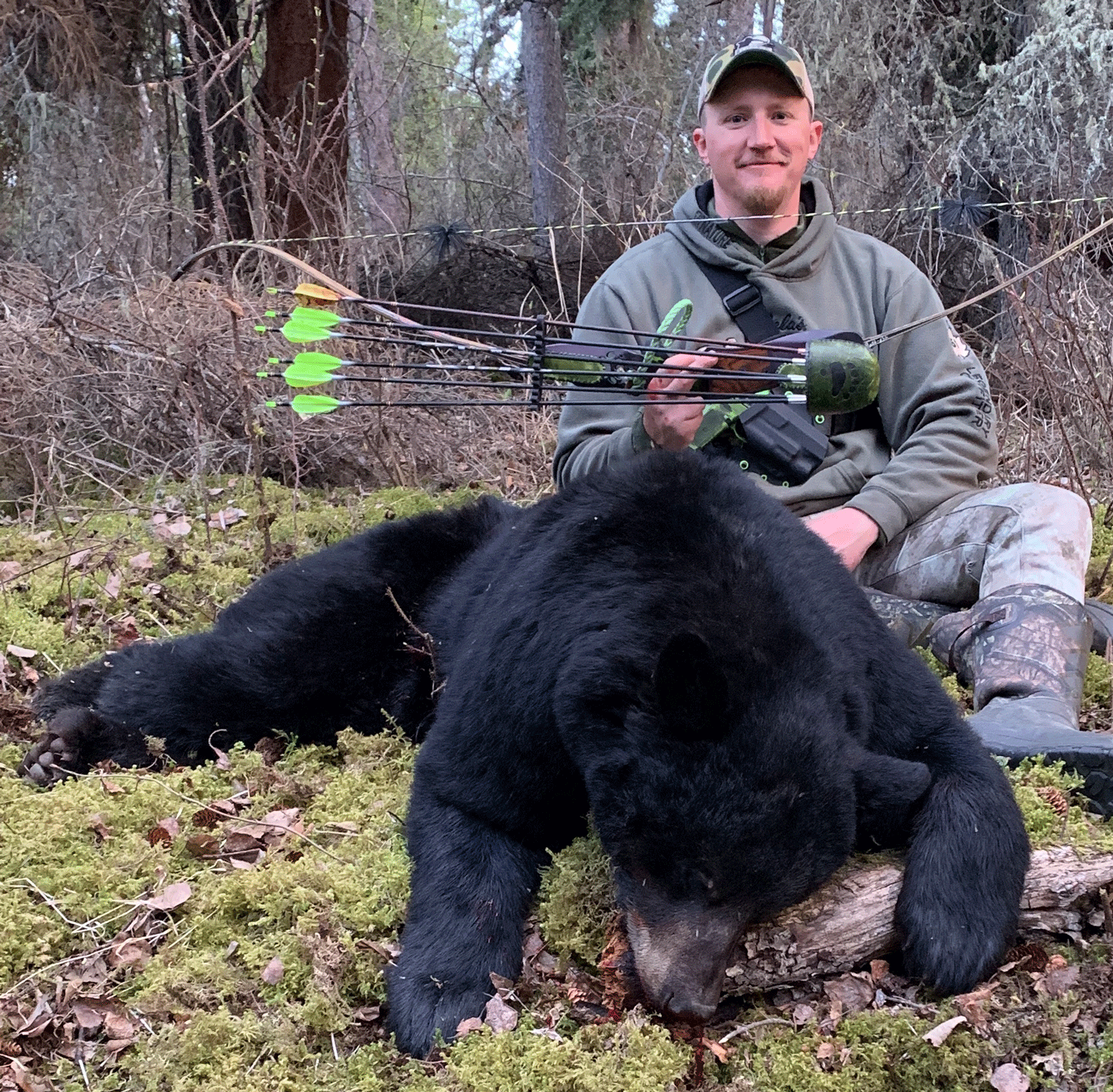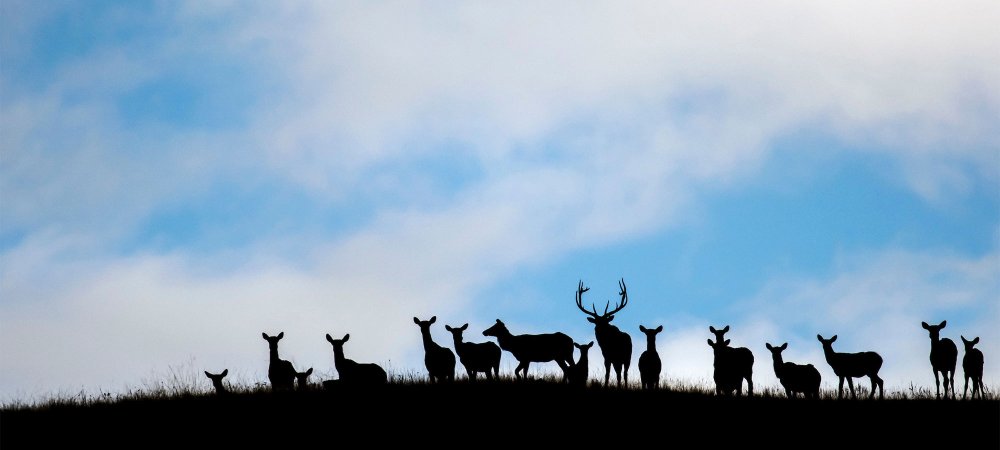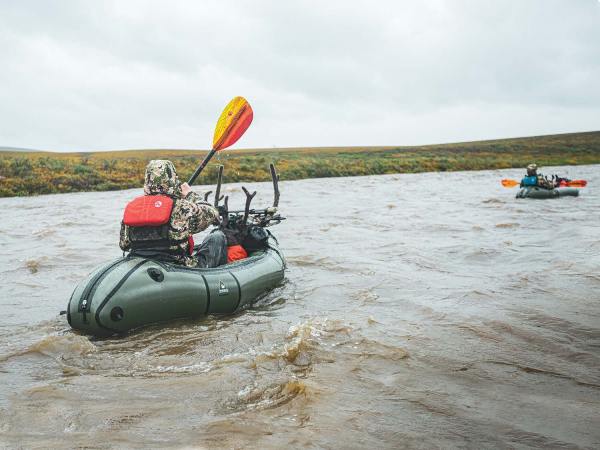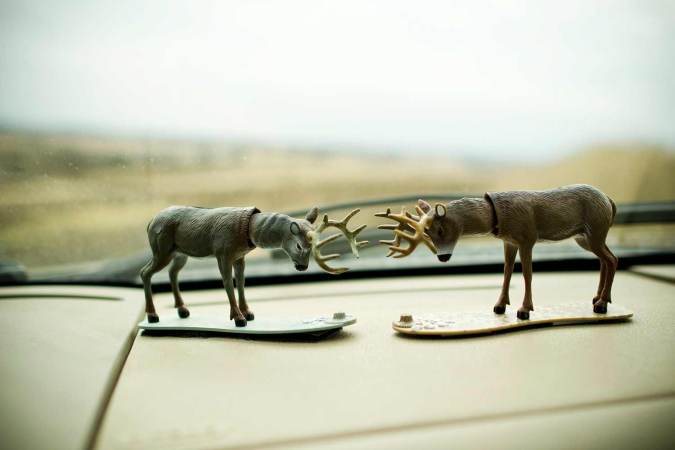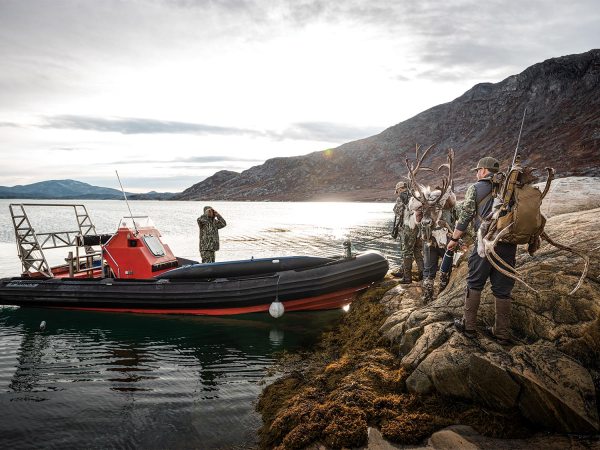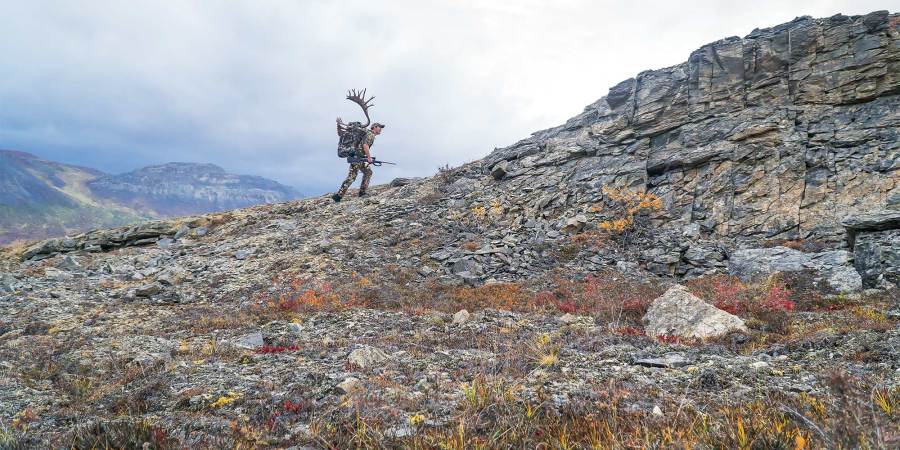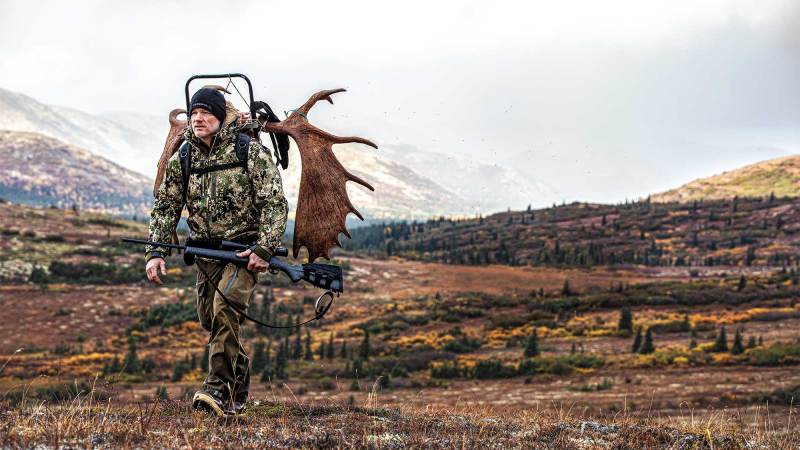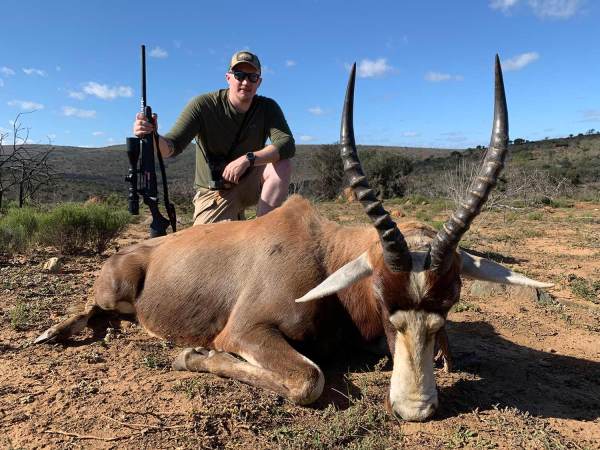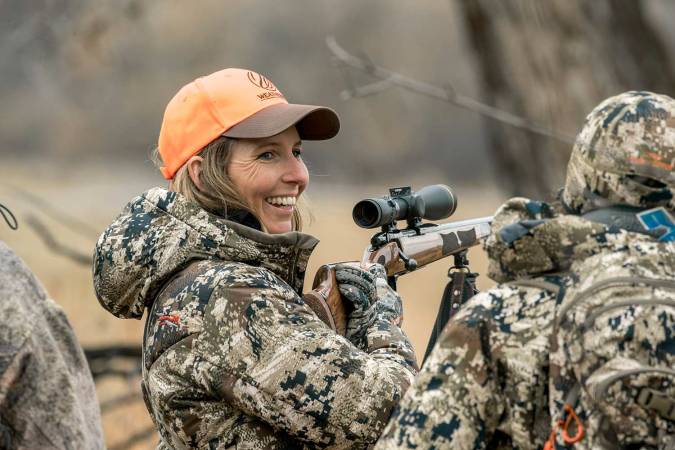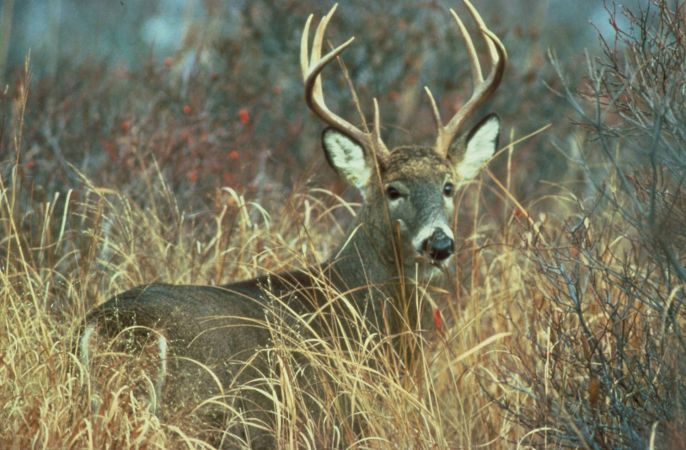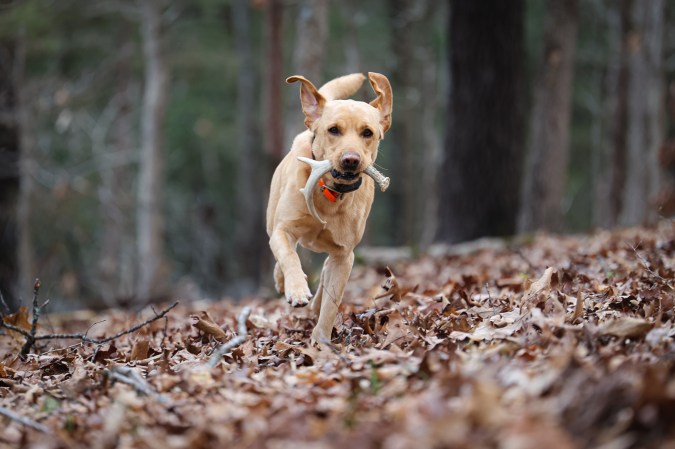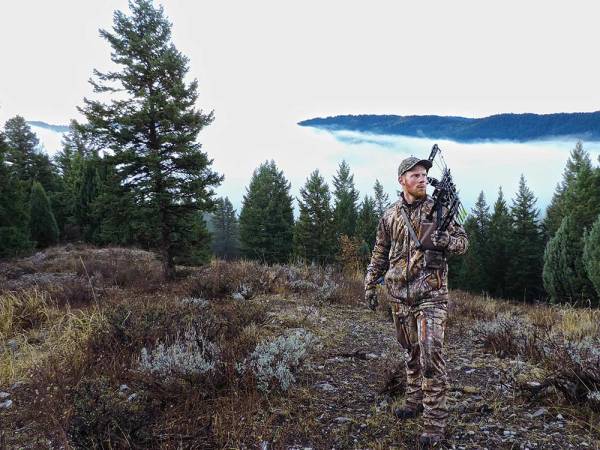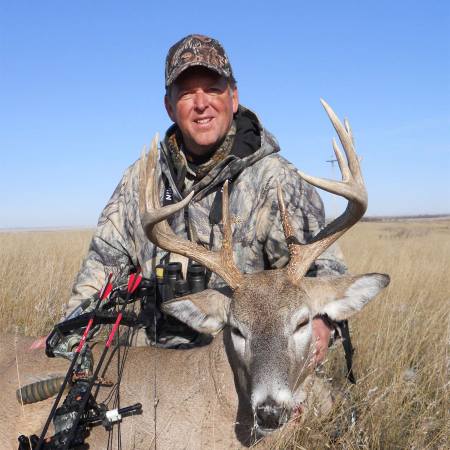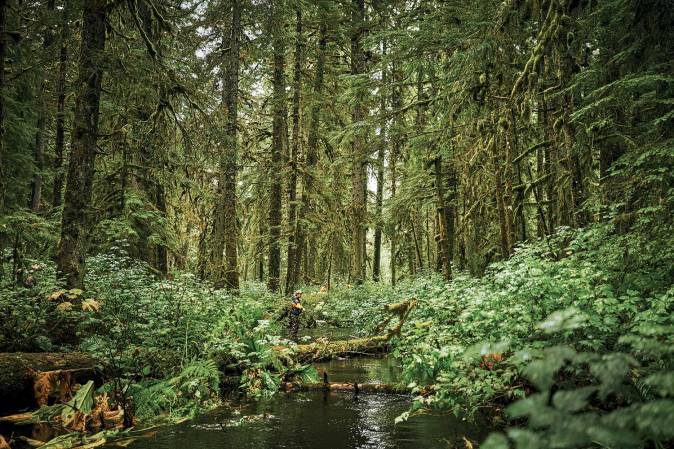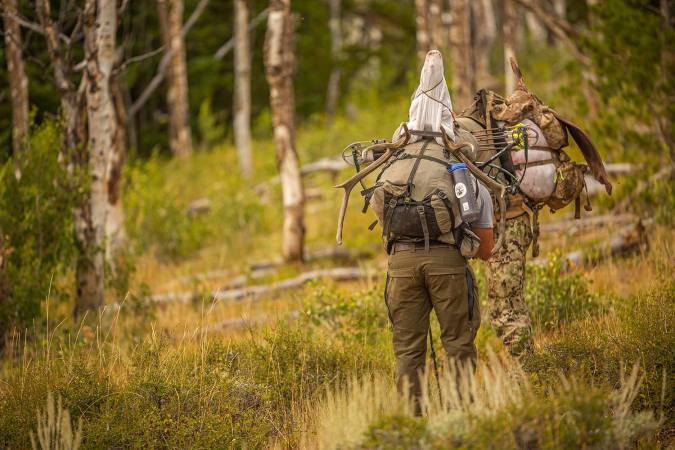Hunting The Last Frontier can be the most phenomenal episode of your hunting lifetime and while a successful hunt is attainable, there are a few baseline things to understand that will make the difference between an amazing experience and heartbreaking disappointment. Alaska is huge, opportunities are extremely diverse, and logistics are the name of the game. Some species (Dall sheep, mountain goats, brown/grizzly bears) require hiring a registered guide, so in that case, this planning process is significantly abbreviated. Even for other species, using an outfitter isn’t a bad idea. They usually already have all the components in place to give you a fantastic hunt. But what about a DIY hunt?
While contracting the services of a professional hunt planner can be an excellent alternative, there are some who want the entire endeavor to be self-planned and executed. This information is for you.
1. Pick a Species
Although there are many regions of Alaska in which multiple big game species can be found, it’s best to focus on one—especially on a DIY hunt with limited logistics. If your heart is set on a chance at multiple species, it can muddy the waters by pigeon-holing you into a spot that might only be mediocre for each. Narrowing down to a primary target animal will also open up more territory options since regulations might not allow for the multiple species you’re looking for. If you have your heart set on taking two or even three different animals, it can be done, but you must select your area carefully. There are areas where you can realistically get a moose and a caribou, but there’s just as many where you’ll only see moose, or only see caribou.
2. Pick A Hunting Method
Once you have selected a primary species, you’ll need to decide how you want to hunt, and in what type of country. Hunting methods can vary drastically. If you want to do a float hunt, you’ll have to line out specialized equipment. If you’re a hunter who likes to do lots of hiking and glassing, you don’t want to be hunting moose in flat swamps. Fly-out drop camps, float trips, and road systems hunts can all be fantastic, but they can also be drastically different types of experiences. Prices will vary dramatically as well, so knowing how you’d like to hunt will give you a more realistic look at what you need to save to make it happen, and more importantly, help you choose where to go.
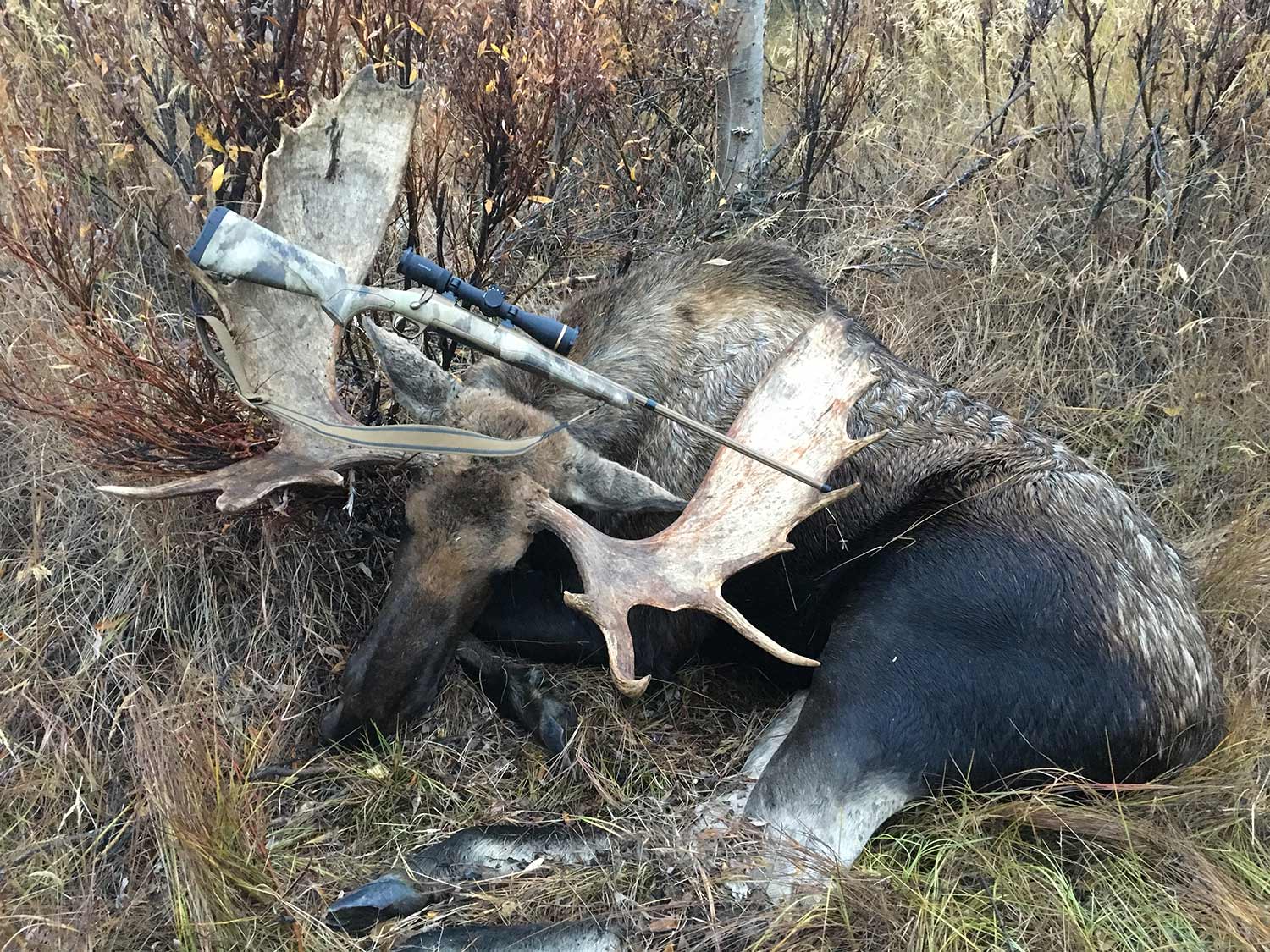
3. Pick a Region
So, now that you’ve narrowed it down to a target species and preferred hunting method, you’ll be able to get a better handle on the region you’d like to hunt—perhaps the most daunting aspect of planning a DIY adventure. Sounds trite, but you’ll need to take a slow and meticulous approach. Alaska Dept. of Fish and Game is a good resource for some general information such as what animals and hunting opportunities you might expect to find in each region of the state. Northwestern Alaska, for example, across the southern slopes of the Brooks Range holds lots of suitable country for float hunting. It features navigable waterways and reasonably open, rolling terrain for glassing. If that is your preferred style of hunting, investigate the options in this region. If you want to do a coastal black bear hunt, you’ll be looking at either Prince William’s Sound or the southeastern panhandle. You’re not committed at this point but looking at each region and examining possibilities is the next step in narrowing it down.
Read Next: The Top 10 Best Alaska Fishing Trips
4. Select Transport
Due simply to the size and scope of Alaska, transport to the field and all the involved logistics might be the least flexible components of your trip. Your options may be limited and are further dependent on your resources. At this point, you’ll have a pretty good idea of which direction to go, but it is crucial to have this logistic network lined out ahead of time. If you want to go the air taxi route, now is the time to start making calls and looking at your options. Most air charter services book out months or even a year in advance of hunting season, and some even have waiting lists. The specific taxi you select will likely help determine your exact hunting location, as most of them have a number of spots that they operate in.
If you’re planning on hunting the road system, make sure you look into appropriate rentals or other relevant logistics. You may choose to hunt some isolated road systems, but you will need to secure a vehicle well-ahead of time because the supply is often short. It’s also necessary to understand rental company policy about vehicle use. Many companies, for example, will not allow you to take a rental rig up the Dalton Highway, a popular caribou destination.
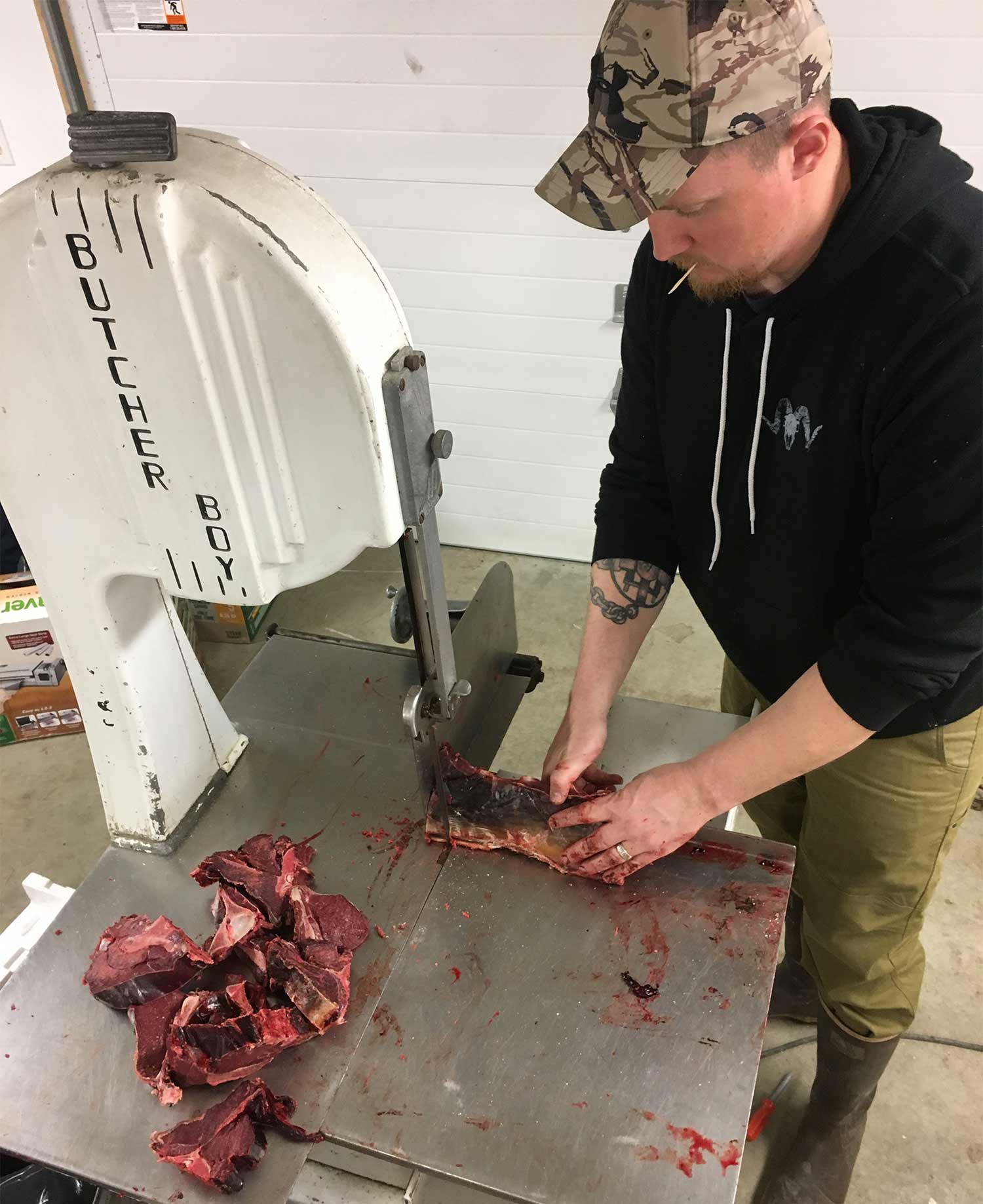
5. Select Your Gear
Many of your hunting gear items will change based on where you’re going, what you’re hunting for, and how you’re getting there, so at this point, you should have a pretty good idea. Your clothing and footwear, shelter, food, equipment, everything depends on the individual hunt. If you’re hunting deer on Kodiak island in October, knee-high Xtratuff or Lacrosse boots and rubber raingear will be a much better choice than leather upland boots and breathable gear. Float hunting for moose hunting is best done in a set of chest or hip waders, while hiking boots and a sturdy pack frame are best for some higher country hunts. If you’re flying in, you may have a weight limit of 50 pounds of gear and food per person. What is your transport? Are you going to have to carry everything in a backpack? What is the weather typically like? These are all questions you will need to ask.
Read Next: Sea Duck Hunting in Cold Bay, Alaska
6. Anticipate Hidden Costs
If logistics are everything, then recognizing that there will be unanticipated expenses can be categorized as significant. Topping the list is making a plan for your meat, hides, and antlers. Make no mistake, every year folks are left sitting at the airport with a thawed cape and pile of meat pondering their next move. Whether it’s a local processor, loading coolers, or hiring out a service like Alaska Trophy Express to ship meat and trophies back home to you, have your plan in place. When you plan your flights to and from Alaska, permit enough time to handle things like this. This past fall, I helped a fellow out who unknowingly had booked his return flight home on a day that the Air Cargo office was closed, so he could not forward his salted cape to the expediter. I once met a couple of hunters on their way to the airport to collect their caribou heads and capes for prepping, only to find that they had meat from four bulls and no idea what to do with it. Fortunately, I had plenty of room in my freezer at the time. Have a plan and have a backup plan. Make those phone calls well-in-advance.
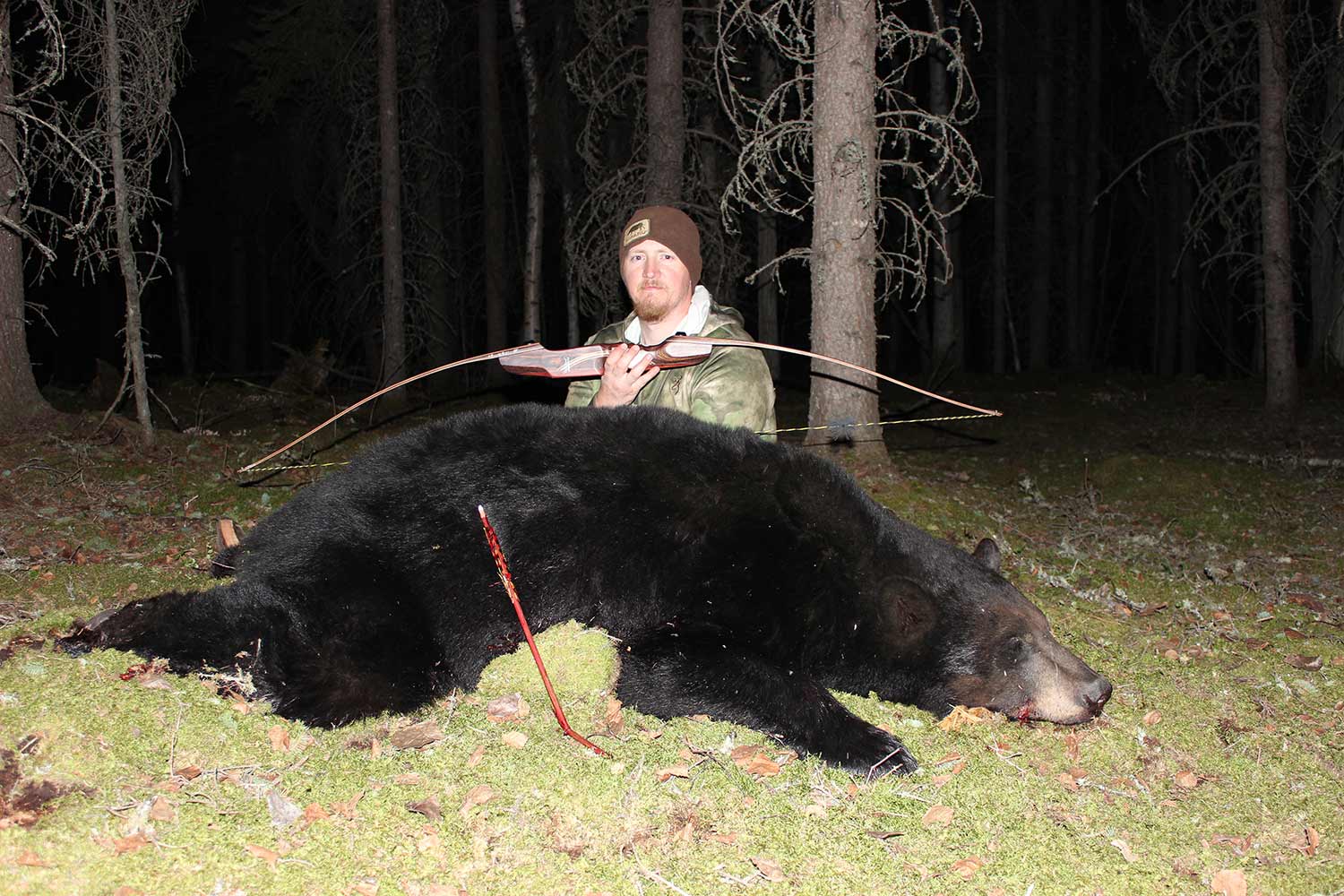
7. Enjoy Your Hunt
By the time the wheels touch down, you’ve done a tremendous amount of planning and have lost many a night’s sleep with anticipation. If you’ve done your homework right, you can truly relax and enjoy yourself, knowing that all these details are accounted for. That being said, manage your expectations and don’t forget to just enjoy being there. Hunting can be fantastic, and sometimes it can be mind-numbingly slow. Weather can be great or it can be bad. Try not to sweat the things that you have no control over and enjoy the hand that you are dealt. You’ve done your part, and after all, how much of an adventure would it be if we weren’t thrown a curveball now and then?

